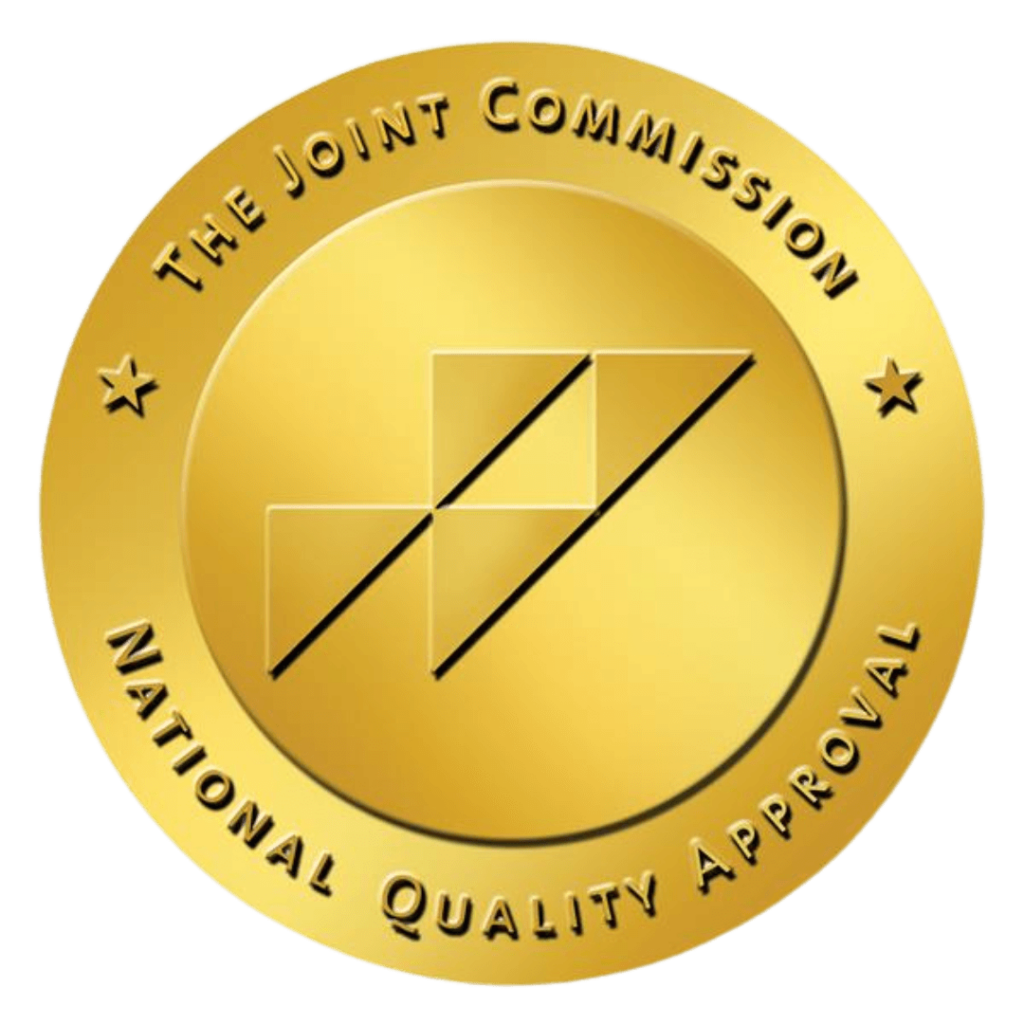
In contemporary times, there is an immense number of medicines and prescription drugs, created by pharmaceutical companies, which are circulating in communities in the United States. More often than not, consumers of these chemical products are not fully aware of their complete description, substance composition, or side effects. As these substances can cause a various array of physical changes in the body, drug addiction can manifest with continuous use. Contrary to popular belief, even medicines used for addiction therapy can cause addiction, especially if the patient doesn’t follow the prescribed amount or intake method.
Drugs used for substance abuse treatment range from antidepressants to antipsychotics. They are often used to stabilize mood and inhibit symptoms of mental health problems, resulting from lingering addiction and behavioral changes. Benzodiazepine drugs are one of the major types of substances which are widespread among American households. With its potential to produce sedation, relaxation, and capacity to lower anxiety levels, “benzos” are double-edged swords that can treat illnesses and cause substance addiction at the same time.
Benzodiazepines
Benzodiazepines, commonly referred to as Mother’s Little Helpers, is a class of drug used for treating a wide range of conditions, including anxiety, panic attacks, depression, and insomnia. These are also used to treat symptoms of alcohol withdrawal. The drug works by generating reactions that target the central nervous system of the human body. As an effect, users of these may develop some amount of tolerance and physical dependence on benzodiazepine drugs.
It is important to follow the doctor’s orders when one is taking benzodiazepines. Repeated doses over time can lead to a significant buildup of these chemical compounds, and an accumulation of their negative effects, such as over-sedation and cognitive impairments. When this happens, one can fall into substance use disorder. According to the Center for Substance Abuse Research, it can even take some time to clear benzodiazepines from the user’s body, despite discontinuing their regular use.
Examples of commonly abused benzodiazepines, which are also the strongest and most potent, include:
- Valium – This is also known as diazepam. Valium is used for anxiety disorders.
- Ativan – Similar to Valium, it is also used as a mood stabilizer. It is known medically as lorazepam.
- Xanax – Xanax is known medically as alprazolam. It is used for short-term management of panic attacks
- Klonopin – This is known medically as clonazepam. Klonopin is used to treat seizure disorders.
- Dalmane – This is used to treat chromatic insomnia. In simpler terms, Dalmane is the best benzo for used for undisturbed sleep. This is also medically known as flurazepam.
Luckily, it is possible to find a treatment that is specifically designed for benzodiazepine addiction at a trusted addiction treatment center to break the cycle of compulsive use, and begin recovery.
Side Effects of Benzodiazepines
Aside from their intended effects, most chemical compounds also have side effects. They range from simple, short-term physical discomfort to long-term, dangerous mental changes. The following are the most common side effects of using benzodiazepines:
- Sedation
- Dizziness
- Weakness
- Unsteadiness
- Headache
Although these side effects are generally found in other medicines, they can turn into more harmful and negatively progressing symptoms. These can include a feeling of depression, a loss of orientation, and sleep disturbances. Memory impairment and permanent changes in mood and behavior can also occur when left untreated.
Benzodiazepine Tolerance and Dependence
Although benzodiazepines are used to improve mental health, they can also cause physical tolerance and dependence. Tolerance builds over time in response to continued drug use. The drug user’s system becomes accustomed to it. As a result, the individual will eventually need increasingly higher doses of benzodiazepines to achieve the desired effects.
Attempting to overcome the tolerance results in increasing amounts of drug use. This hastens the onset of physical dependence. As dependence develops, an individual may lose his/her ability to perform daily functions without the drug, and is likely to face an unpleasant withdrawal should drug use stop. Withdrawal can also occur when suddenly stopping medication-based therapy.
The cycle of taking greater doses of benzodiazepines to overcome tolerance and stave off withdrawal often continues to become compulsive behavior in benzodiazepine addiction.
To simplify, tolerance takes place after the body builds resistance against the medicine, as the body gets used to the chemical compounds it receives. When this continues, it can cause unsupervised incremental increases in benzodiazepine amounts consumed. Over time, although unnecessary, the lasting regular use of a benzodiazepine can lead progress to an addiction, which disrupts the lifestyle, healthy habits, and ability to be productive of the individual.
Complications of Quitting
Stopping addiction from benzodiazepines is easier said than done. It is proven in recent studies that dependency is a significant risk with this drug class. It reduces activity in the part of the brain that controls emotions by boosting the action of a chemical called gamma-aminobutyric acid (GABA).
In recent years, studies on addiction therapy found that an average of up to 44 percent of chronic benzodiazepine users have become dependent on the substance they were consuming. The ability of the drug class to help form dangerous habits among humans was neglected, as they also serve the purpose of mitigating symptoms of mental health problems.
Benzodiazepine users perform their own risk and reward analysis. People are motivated to change consumption habits without the doctor’s prescription because of the resistance that occurs inside their bodies. As benzodiazepines treat insomnia and anxiety, these unwanted and uncomfortable feelings are actually what pushes them towards the side of dependence and addiction.
Key to Breaking the Benzodiazepine Cycle
Regardless of addiction severity, recovery is still possible with proper and specific methods. Long-term inpatient treatment is essential in addressing benzodiazepine use disorder. A carefully designed treatment program ensures that the individual is guided by drug counselors and supervised by medical experts. When finished, it is almost guaranteed that the person overcomes the significant physiological dependence on benzodiazepines, and returns to a life of productivity.
Being aware and knowledgeable about the dangers of drugs, such as Benzodiazepine, allows us to be cautious about our decisions for our mental and physical health. Early prevention also becomes possible when we share this kind of information with our loved ones.
Restore Health and Wellness Center has a variety of treatment options, even designed to address benzodiazepine addiction. The journey to recovery awaits.
Give us a call at (818) 862-3503 or visit our addiction treatment center in Simi Valley, CA, at 6918 Owensmouth Ave Canoga Park, CA 91303.
- Admissions (818) 722-9019
- On-Site Contact (818) 806-3914
Disclaimer: This post serves a strictly educational use. It does not necessarily reflect the services, products, or therapeutic approaches of this establishment or its healthcare practitioners. The purpose of this blog is not to advertise the products, services, or therapeutic approaches of any other establishment that may be associated with this site. On the subject of safe or legal services, products, and appropriate therapies, recommendations ought to be given by a qualified professional on a case to case basis.




